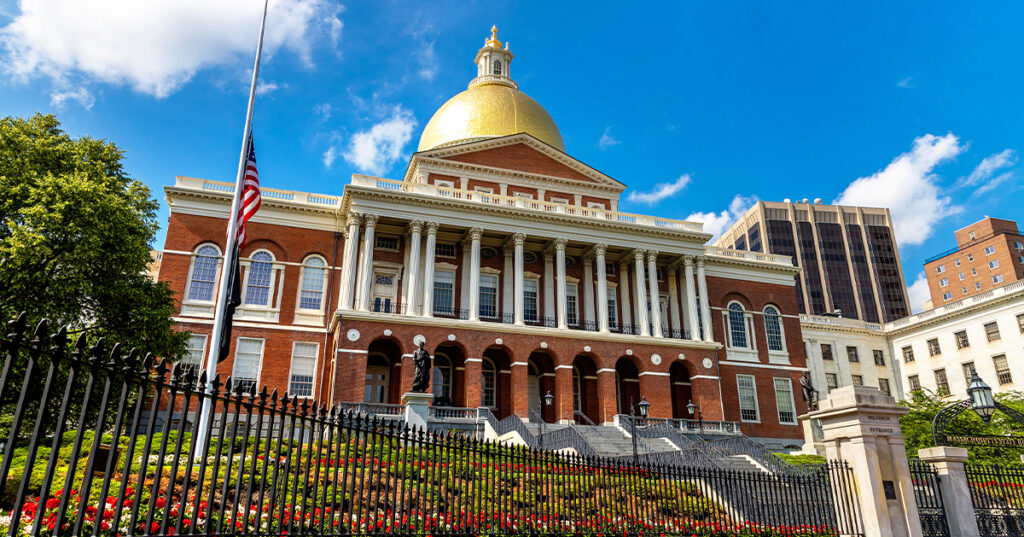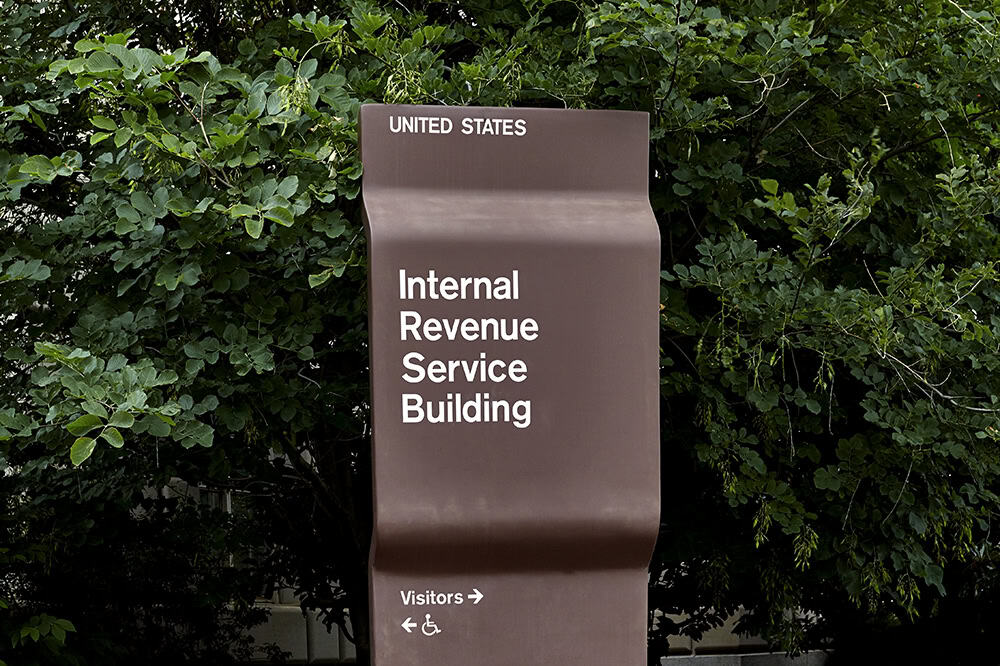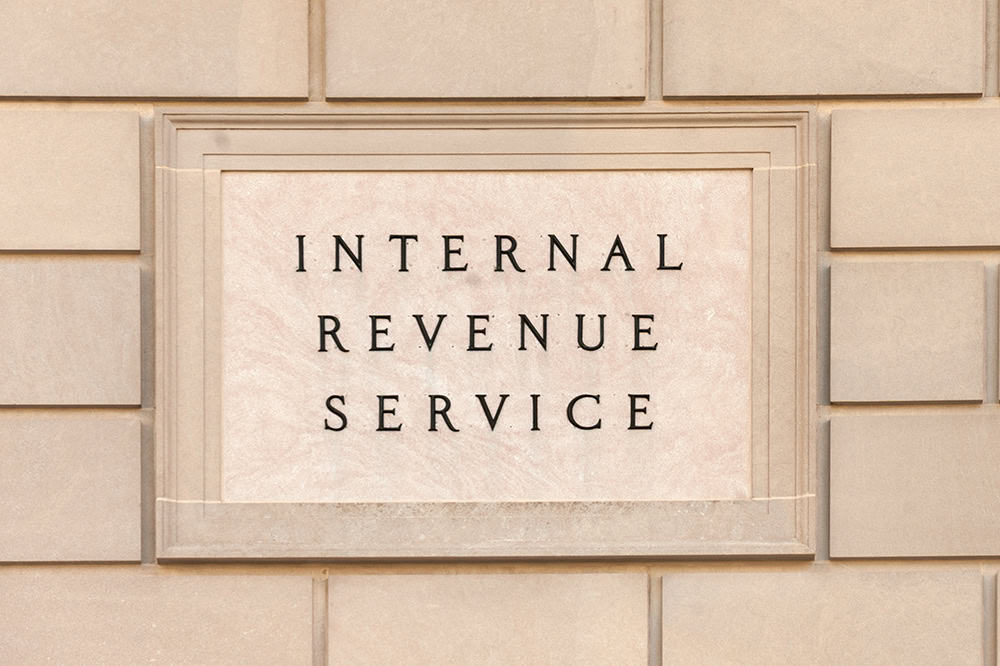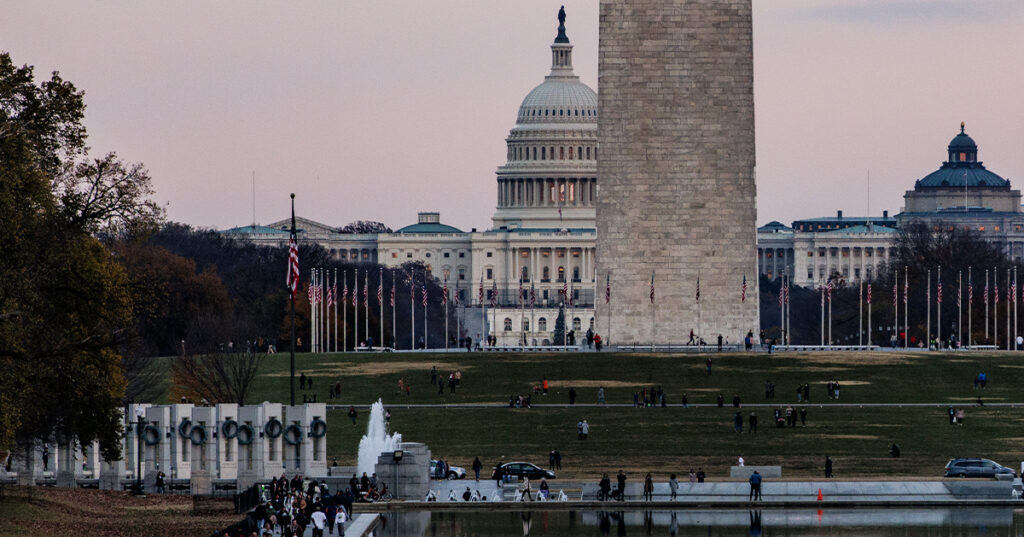Why Are Americans Working Longer?
Over the past thirty years, the average age of retirement has increased from 62 to 65 years old.
Read MoreWhat Happens to State Governments When Federal Funds Run Out?
Federal COVID-19 legislation has supported Americans and the economy through the pandemic, but how can states avoid a “fiscal cliff” once federal aid wanes?
Read MoreNew York Has One of the Most Complex and Decentralized Debt Structures among States
Unlike the federal government, most state governments have balanced budget requirements (BBRs) for their operating budgets. New York’s is not among them.
Read MoreHow Does the Tax System Work?
While nearly all Americans pay taxes, the composition of the type of taxes paid is very different for taxpayers at various points in the income distribution.
Read MoreHow Do Marginal Income Tax Rates Work?
Some lawmakers favor substantial increases to marginal tax rates. Let’s look at how marginal tax rates and brackets work.
Read MoreWhat Are the Pros and Cons of Student Loan Forgiveness?
Currently, more Americans owe a greater average amount of student debt than at any time in U.S. history.
Read MoreTop Four Lessons the Pandemic Taught Us about Improving Unemployment Insurance
Unemployment insurance can be a critical government tool to ease suffering from economic downturns and hasten a recovery.
Read MoreHow Have States Used Their Direct COVID Relief Funds?
Here are some notable trends showing how lower levels of government have spent some of their relief funds.
Read MorePoverty Rate Increased for the First Time in Five Years
For the first time in five years, the official poverty rate was higher than it was in the prior year, a result of the pandemic.
Read MoreHow Much Money Is Left in COVID-19 Relief Programs?
Here is a breakdown of the estimated remaining $850 billion in funds for COVID-19 relief programs.
Read More








